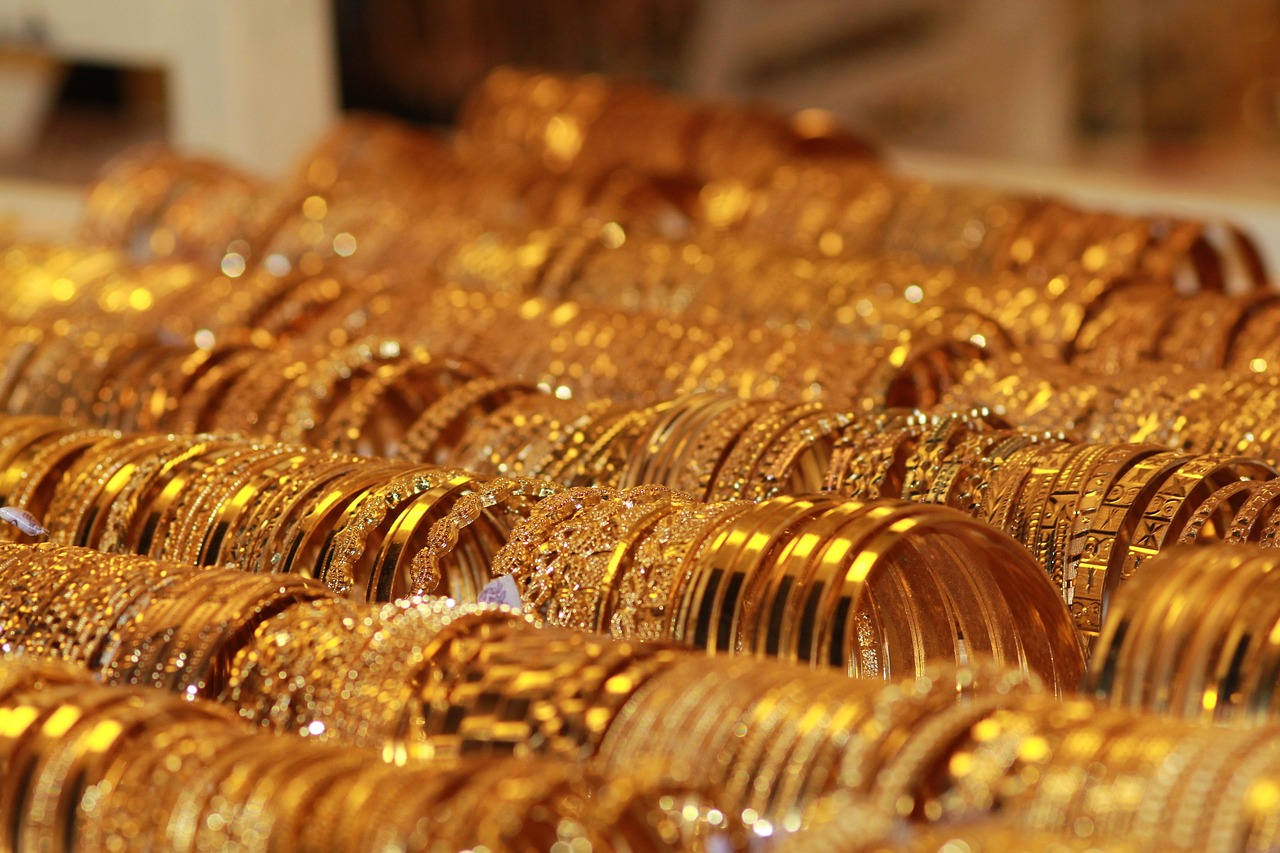
Bracelets are a timeless accessory that effortlessly elevates any outfit—whether made of metal, gemstone, or leather. Each material brings its own charm, making bracelets a favorite among jewelry lovers. But unlike smaller jewelry pieces, bracelets can be bulky and come in all shapes and sizes. Without proper storage, they can easily bump into each other, get scratched, or worse—go missing just when you need your favorite one.
So how can you keep your bracelets protected and well-organized without creating clutter? In this article, we’ll explore smart, space-saving bracelet storage ideas and the best tools to keep your jewelry safe, tidy, and always within reach.
Why Proper Bracelet Storage Matters
Unlike rings or necklaces, bracelets are often circular in shape—either open or closed designs—that take up more space and are harder to stack neatly. When stored carelessly, several issues can arise:
Scratches and Breakage: Metal bracelets can easily scratch each other when they rub together, while gemstone or jade bracelets are even more fragile and prone to chipping.
Oxidation and Discoloration: Silver or gold-plated bracelets exposed to air for long periods may tarnish or lose their shine due to oxidation.
Inconvenient Access: When multiple bracelets are tangled together, it’s hard to find the one you need—slowing down your morning routine and making accessorizing a hassle.
That’s why choosing the right storage solution is more than just about aesthetics—it helps prevent bracelet damage, extends their lifespan, and keeps your jewelry box beautifully organized.
Bracelet Storage Tips for Different Materials
1. Metal Bracelets
Metal bracelets, such as those made of gold, silver, or gold-plated designs, are relatively malleable and can easily get scratched or lose their shine due to friction or impact. Prolonged exposure to air can also cause oxidation or discoloration.
Storage Tips:
Store Separately: To prevent scratches, store metal bracelets in a jewelry box with compartments, so they don’t rub against each other.
Anti-Oxidation Pouch: For silver or gold-plated bracelets, use anti-oxidation pouches or cloth bags to reduce exposure to air and keep them shiny.
Hanging Storage: Consider using a hanging jewelry organizer to keep each bracelet individually displayed, making it easy to access and visually appealing.
2. Gemstone Bracelets
Gemstone bracelets, known for their unique, lustrous glow, have a relatively fragile surface that can easily be damaged by impact or friction. Extra care is needed when storing them to ensure they are well-protected.
Storage Tips:
Soft Lining: Choose a bracelet box with velvet lining to provide cushioning and prevent damage from collisions.
Store Separately: Gemstone bracelets should not be stacked. It’s recommended to use individual storage compartments or a vertical display stand for better protection.
Regular Care: Place a small cup of water inside the storage box to maintain moisture and prevent the gemstone from drying out.
3. Leather Bracelets
Leather bracelets offer a unique texture and vintage style, but leather is prone to moisture, deformation, and cracking. Proper storage is essential to keep them dry and prevent any pressure that could alter their shape.
Storage Tips:
Avoid Pressure: Use a jewelry box with wide compartments or a drawer-style organizer to store leather bracelets flat, avoiding stacking or heavy pressure to maintain their shape.
Keep Away from Sunlight: Leather is sensitive to direct sunlight, which can cause it to crack and fade. Always store it in a cool, shaded area.
Keep Dry: Before storing, make sure the leather bracelet is completely dry. You can also place moisture-absorbing beads inside the storage to prevent mold growth.
Bracelet Storage FAQs
Q1: How do I determine if the material of a storage tool is suitable for my bracelets?
A1: When choosing a storage tool, prioritize materials that are soft, non-corrosive, and moisture-resistant. For example, jewelry boxes lined with velvet or velvet pouches are ideal, as they prevent bracelets from rubbing against each other and protect their surfaces from scratches. Avoid using hard plastic containers, as their inner surfaces can generate static or scratch the bracelets.
Q2: Do hanging bracelet stands really protect bracelets?
A2: Professionally designed hanging bracelet stands can effectively prevent friction and collisions between bracelets, while also minimizing the accumulation of dust and moisture. Additionally, they offer a stylish way to display your bracelets, serving both protective and decorative purposes.
Q3: How can I efficiently store a large number of bracelets in a limited space?
A3: It’s recommended to use vertical or layered storage solutions, such as hanging jewelry stands, multi-layer rotating organizers, or modular storage boxes. These tools help make the most of vertical space, while keeping different styles or types of bracelets organized and easy to access.
Q4: Do I need to regularly clean my bracelet storage tools?
A4: Yes. Over time, jewelry storage tools (such as jewelry boxes, velvet pouches, and hanging racks) can accumulate dust or moisture. It’s a good idea to regularly wipe them with a clean, soft cloth and keep the interior dry and clean to better protect your bracelets.
Bracelet storage is not only about aesthetics but also about protecting your jewelry. Choosing the right storage solution can prevent damage and add a sense of ritual to your accessories. We hope today's storage tips help you create a neat and elegant jewelry space, where every bracelet is well cared for!
It’s time to organize your bracelets and keep them shining with charm!



